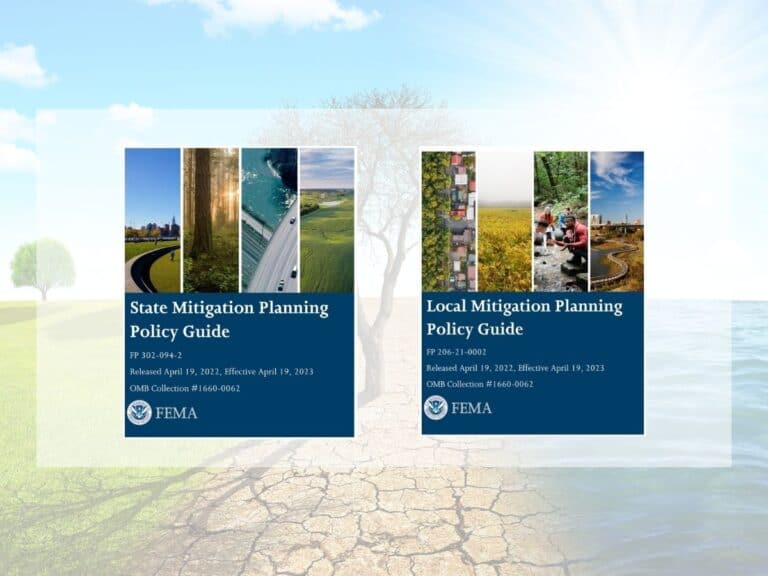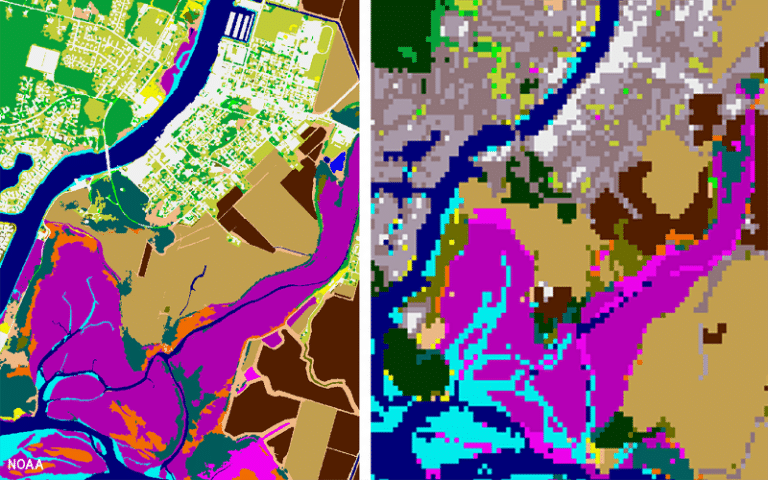Elevation Certificates — Do I Really Need One Now?
–By Bruce Bender, CFM and ASFPM
Insurance Committee Co-Chair
This is a common question we are hearing in workshops and
floodplain managers are getting from their citizens. With the Biggert-Waters
Flood Insurance Reform Act of 2012 becoming law July 2012, certain pre-FIRM
properties previously rated with subsidized rates were having to be rated with
their full-risk rate. FEMA does not have a rate table called “Full Risk-Rate,”
but instead that rate varies per each building. Therefore, in most cases1,
an Elevation Certificate would be required for the insurance agent to determine
that full-risk rate.
For example, with the passage of BW-12, a policy written on a
newly purchased pre-FIRM building in a high-risk area would have to be rated
using an EC. This is when we (and members of Congress) heard about the large
premiums and home closings not going through (or people were stuck paying this
at renewal if they had purchased the home after the law was enacted and before
that part of BW-12 was enacted). This full-risk rate requirement also applied
to newly written and lapsed pre-FIRM policies in high-risk areas (and Zone D).
However, with the recent passage of the Homeowner Flood Insurance
Affordability Act, this requirement was removed. As of May 1, 2014, policies on
these pre-FIRM buildings (i.e., newly written, newly purchased, lapsed) will be
rated using the subsidized rate table in effect Oct. 1, 2013. So, what do you
tell the property owners when they ask if they need one now?
Looking closely at HFIAA, it does say that these properties will
be on a path to full-risk rates, but it will be a very gradual rise (rates will
increase between 5-15 percent with some exceptions to as high as 18 percent).
There is one set of exceptions. What HFIAA did NOT change is the 25 percent
annual rate increases that non-primary residences, commercial buildings, and
those with significant losses will experience each year until they reach
full-risk rate.
Again, that is determined on an individual-building basis. So, an
EC will be needed to determine what that premium is and to help guestimate how
long it will take to reach the full risk rate. For example, if a pre-FIRM
premium2 is $3,000, and its
full-risk rate premium is $8,000, and you assume a 10 percent annual increase
for the full-risk rate premium (it could be less), and the pre-FIRM continues
at a 25 percent annual increase, you will finally reach full-risk premium when
the policy renews eight years from now…at about $17,000. Again, the only way to
estimate that is to get an Elevation Certificate.
So, by having the EC, insurance agents can determine the full-risk
rate for pre-FIRM buildings in high-risk areas. This could be especially
important information if that building is being bought or sold and will be used
as a secondary home or business. Bottom line: the property owner will have to
decide if they really want or need one.
_______________
[1] ECs are not needed to rate in unnumbered V (without
BFE), A99, or in Zone AO if a Certificate of Compliance is provided by the
community official. They are also not
needed in Zones B, C, D, or X.
[2] Secondary home on a slab; Zone AE; October 2013
rates; $200,000 building/$80,000 contents coverage; Lowest Floor Elevation-Base
Floor Elevation=-3’


